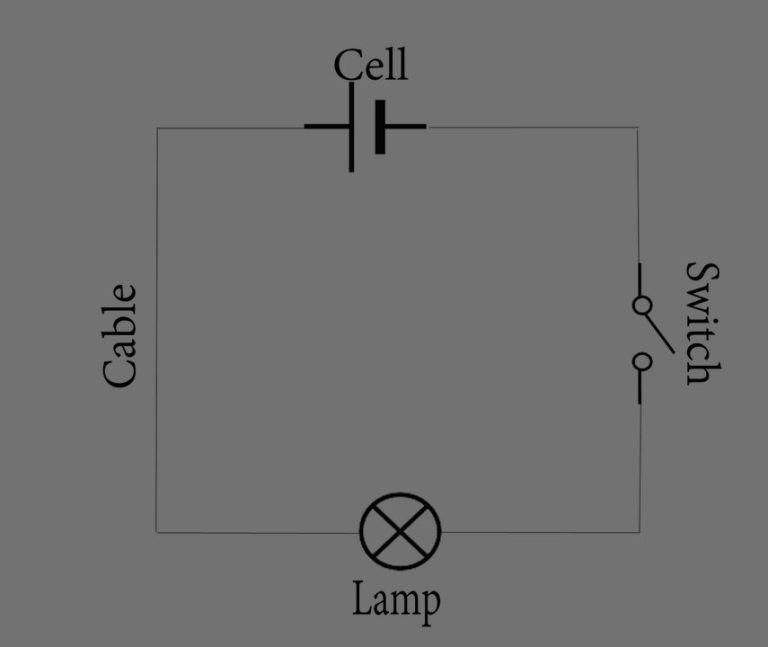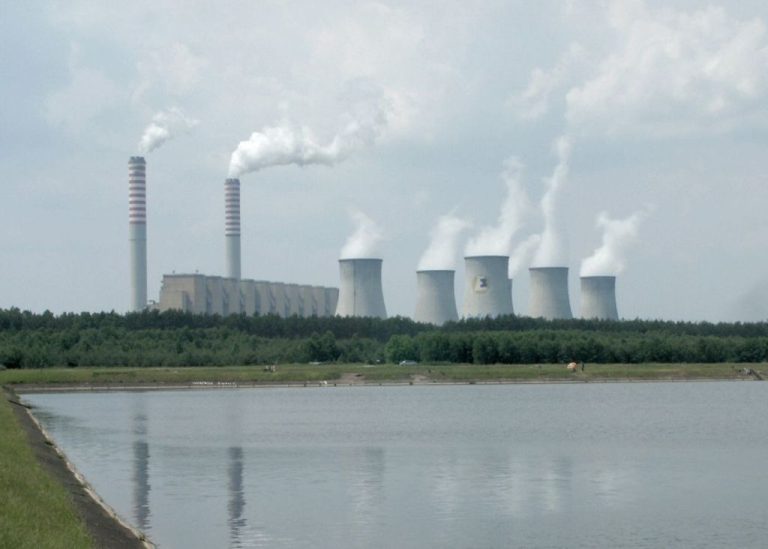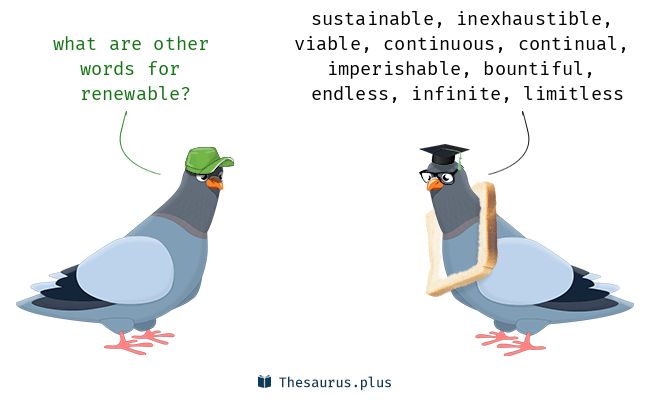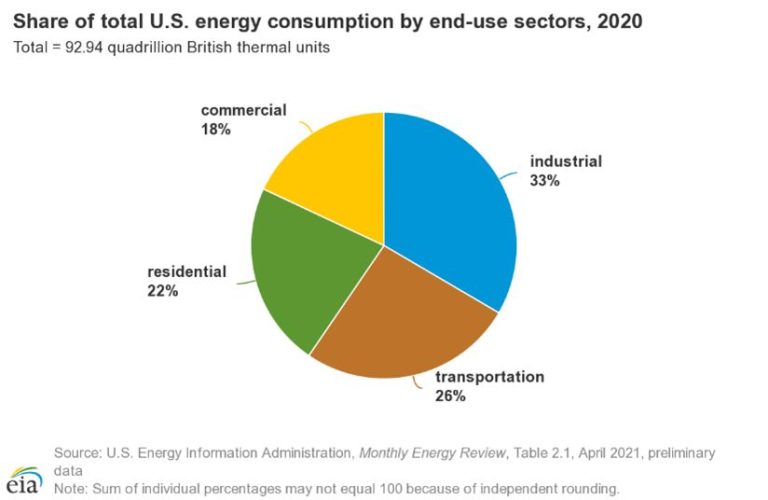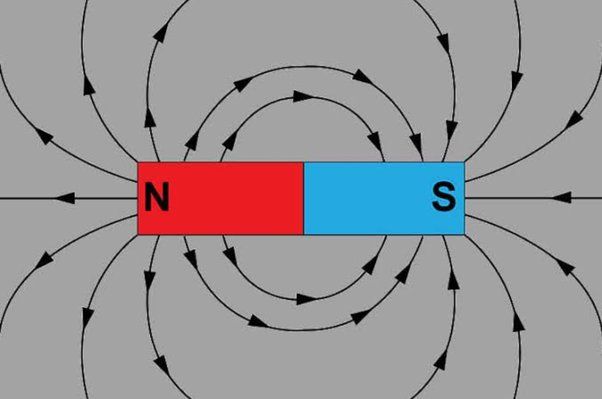What Is The Problem With Alternative Energy?
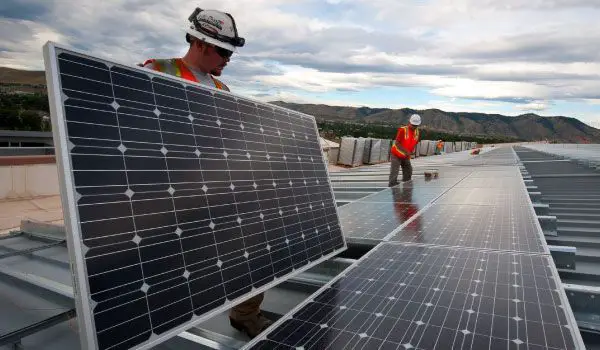
Alternative energy refers to renewable energy sources that are more environmentally friendly and sustainable than traditional energy sources like fossil fuels. Some common types of alternative energy include solar, wind, hydroelectric, geothermal, and biomass energy. With concerns about climate change and energy security increasing, developing alternative energy sources has become extremely important in the 21st century. Reliance on fossil fuels is not sustainable long-term, as these resources are finite and their use contributes to global warming. Alternative energy provides a way to generate power while reducing greenhouse gas emissions and our dependence on oil, coal and natural gas. Implementing alternative energy on a large scale worldwide could help mitigate climate change and build a more resilient energy future. There are still obstacles to overcome, like costs and integration challenges, but the potential benefits make advancing alternative energy a high priority.
High Upfront Costs
One of the major issues with alternative energy sources like solar and wind is their high upfront costs compared to conventional options like fossil fuels. Constructing things like wind farms or solar panel arrays require significant initial investments.
According to the U.S. Energy Information Administration, the average construction costs for onshore wind turbines in the U.S. was around $1,498 per kW in 2020. The costs of building utility-scale solar photovoltaic plants are also high, averaging $1,232 per kW in 2021.
These costs put alternative energy sources at a disadvantage versus things like natural gas power plants which averaged construction costs of only $723/kW. While costs have been coming down over time, the high initial investment remains a barrier for wider adoption of renewable energy.
Intermittency
One of the biggest challenges with renewable energy like solar and wind power is intermittency. These sources depend heavily on weather conditions and the time of day. For example, solar panels only produce power when the sun is shining, and will produce less on cloudy days. Wind turbines need steady wind to generate electricity, and will not produce power when the wind dies down. This intermittency means that renewables like solar and wind cannot provide steady, predictable energy output in the same way as fossil fuels and nuclear can.
According to research, the availability of solar and wind power can vary significantly, sometimes by 40-50% in a single day. This unpredictability makes integrating high levels of renewables onto the grid challenging. Grid operators have to continually balance electricity supply and demand, while accounting for intermittent generation. Sudden drops in renewable output can threaten the stability and reliability of the grid if not properly managed.
Some potential solutions for intermittency include improving weather forecasting to better predict renewable energy output, developing affordable grid-scale energy storage like batteries to store excess renewable power, creating a more interconnected grid to smooth out regional variability, and maintaining backup power such as natural gas plants that can quickly ramp up if renewables fall short. Overall, while intermittent output remains a key obstacle, advances in technology and grid management practices are helping to integrate higher shares of renewables.
Storage Limitations
One of the biggest challenges with alternative energy sources like solar and wind is difficulties with storing the energy for when it’s needed (Utility-Scale Energy Storage: Technologies and Challenges). Solar and wind energy are intermittent – they only generate electricity when the sun is shining or the wind is blowing. This means the energy needs to be stored so it can be used at night or when winds are calm. However, storing large amounts of energy is technologically difficult and expensive (Challenges of energy storage: TES global prospects).
Batteries are currently the main way to store alternative energy. But battery storage is limited in scale and duration. Most batteries can only store energy for up to 8 hours before needing to be recharged (Solving Challenges in Energy Storage). This works well for daily cycles, but longer-term storage over weeks or seasons remains a challenge. New grid-scale, long-duration battery technologies are starting to emerge but have not been widely adopted yet.
Transmission Capabilities
One of the major challenges with renewable energy is getting it from where it is generated to where it is needed. Many of the best locations for wind and solar farms are in remote areas, far from major cities and industrial centers. However, transmitting electricity over long distances leads to line losses, with some estimates being as high as 15% over 500 miles (Source).
Upgrading transmission infrastructure to handle large amounts of renewable energy is extremely expensive. The Green Energy Corridor project in India, for example, will cost over $3 billion to transmit renewable energy across seven states (Source). Many developed nations also face the need for massive investments in transmission infrastructure if they want to transition to high levels of renewables.
Until transmission capabilities improve substantially, the growth of renewable energy will be constrained. Delivering clean power from optimal generation sites to load centers is a complex technical and economic challenge.
Land Use Conflicts
Renewable energy projects, especially large-scale ones like wind and solar farms, can sometimes face opposition from local communities over land use concerns.
For wind farms, people may oppose the projects because of concerns over noise, impact on scenic views, or harm to birds and wildlife (UCSUSA, 2013). Wind turbines and associated infrastructure like transmission lines also take up a significant amount of land. According to one study, wind power plants require around 50 acres per megawatt of installed capacity (Denholm, 2009).
For utility-scale solar projects, major concerns include loss of farmland, habitat fragmentation, and aesthetic impacts. Research shows the amount of land required for solar varies greatly by region and technology, but can be over 7 acres per megawatt (Gross, 2020). This can jeopardize agricultural activity.
Overall, renewable energy facilities need to be sited carefully and gain community support to avoid land use conflicts. Project developers must balance renewable energy goals with protecting the local environment and quality of life.
Subsidies
The federal government provides significant financial support to the energy industry. According to the Energy Information Administration, federal subsidies for renewable energy more than doubled from $7.4 billion in fiscal year 2016 to $15.6 billion in fiscal year 2022 (source). This includes tax credits, grants, loan guarantees and other incentives for wind, solar, biofuels and other renewable sources. Fossil fuels also receive subsidies, but to a lesser extent in recent years. In fiscal year 2022, fossil fuel subsidies totaled $8.9 billion, down from $13.8 billion in fiscal year 2016.
Supporters argue renewable energy subsidies help level the playing field against established fossil fuel industries and catalyze investments in new clean technologies. However, critics contend subsidies distort energy markets, prop up inefficient industries, and represent an expensive use of taxpayer dollars. Striking the right balance of incentives remains an ongoing policy debate.
Consumer Behavior
Public opinion polls show widespread support for renewable energy among the general population. For example, a 2018 study found that 84% of Americans support emphasizing renewables over fossil fuels (National Surveys on Energy and Environment [United States]). Despite this broad approval, the adoption of residential renewable energy systems remains relatively low. Surveys indicate consumers are deterred by high upfront costs of purchasing and installing technologies like rooftop solar panels or residential wind turbines. There is also a lack of trust and understanding of new renewable technologies.
Utilities have been slow to respond to changing public preferences for clean energy. Many legacy utility business models depend on building large fossil fuel power plants that produce steady revenue streams (Utilities Still Catching Up to Public Opinion on Renewable Energy). To accelerate renewable energy adoption, governments may need to implement supportive policies like tax credits, feed-in tariffs, or renewable portfolio standards. Outreach campaigns can also help consumers make informed choices about practical renewable energy options for their homes.
Future Outlook
The future looks bright for alternative energy, with major growth projected in the coming years. According to Earth.org, solar energy capacity is expected to increase 35% by 2024. Onshore wind capacity could grow 57% in the same timeframe. Overall, renewable energy is projected to supply over 50% of global electricity by 2050.
However, some challenges remain. The intermittent nature of renewables like solar and wind will require further advances in energy storage and transmission capacity to balance supply and demand. The high upfront costs of building large-scale renewable plants also continues to be a barrier in some regions. But with costs projected to keep falling and more focus on long-term environmental benefits, alternative energy sources seem poised for major expansion worldwide.
Conclusion
In conclusion, while alternative energy sources hold great promise for a clean energy future, overcoming the various challenges will require continued research, development, and policy support. The high costs, intermittency issues, storage limitations, grid infrastructure needs, land use conflicts, and uneven government subsidies all pose obstacles for alternative energy adoption. However, with declining costs and improving technologies, plus strong consumer interest and effective policies, renewable sources could continue displacing fossil fuels. To fully transition to a carbon-neutral economy, we must continue advancing alternative energy solutions while addressing the key problems outlined here. The path forward will require all stakeholders – individuals, industry, and government – to work together to surmount these challenges and unlock the full potential of alternative energy.
To accelerate this transition, consumers should inform themselves and advocate for alternative energy-friendly policies. Researchers must continue developing better technologies and strategies. Governments need to provide consistent, technology-neutral policy support. And companies should invest in renewable energy projects and products. With concerted effort across all levels of society, a clean energy future may be within reach.

